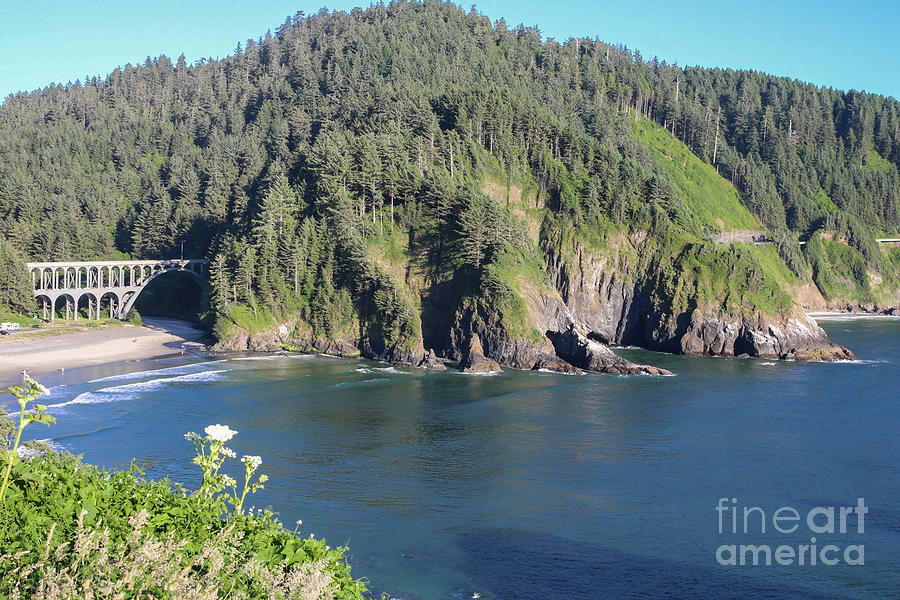

The last keepers moved away after the lighthouse was automated in 1963. Since the head lightkeeper was no longer needed, the residence was demolished in 1940, with portions salvaged to build Alpha Bit bookstore-café in Mapleton.

Several hundred feet away from the lighthouse, on the larger terrace, are the residence for the lightkeeper and his family and, just to the west, a near-matching duplex for the assistant lightkeepers and their families, as well as two separate storage facilities to house the kerosene (in case one should catch fire), and a barn.Įlectrical service reached the lighthouse in 1934 at that time, a pair of electric bulbs replaced the kerosene lamp (two were installed so they could be switched if one bulb burned out). These materials were used to build a lighthouse 57 feet in height. The stone for foundations was brought from the Clackamas River the bricks were shipped from San Francisco. The construction of the lighthouse and support buildings was sporadic and often postponed due to weather conditions, since all materials were brought in by ship or by wagon from Florence, a trip then taking four or five hours. Heceta Head Light and its support facilities was approved for construction in 1888 and built in 1892–1894. At Heceta Head, the lighthouse boasts a first-order (i.e., the largest size) Fresnel lens that projects a beam 21 miles out to sea. Color filters or the interval set between the flashes of light told the mariner viewing them out at sea in the dead of night where he was off the Oregon coast.
Hecta head full#
The costly Fresnel lenses were kept slowly rotating by clock-work mechanisms, while the lighthouse keeper and his assistants ensured the oil reservoirs were full at all times. Originally the federal lighthouses had kerosene lamps that had to be kept perpetually lit, their light focused by an 8-sided Fresnel lens.
Hecta head plus#
Of them, the rotating beam from Heceta Head reached farthest out into the Pacific due to the elevated position of its lighthouse (205 feet above the ocean) plus the elevation of the lighthouse itself (57 feet).

The Heceta Head Light is part of a group of lighthouses built by federal government between 18 (some private lighthouses were built as late as 1976), stationed along the Oregon Pacific coast roughly 15 to 20 miles apart so that the reach of their beams overlapped. At intervals, the sweeping beam of light twinkles from atop the lighthouse. Two lower terraces cut into the mountain support two brilliant white buildings: Heceta Head Light and, several yards away, the former duplex residence for the assistant lightkeepers. The rising headland, 13 miles north of Florence, was named for Spanish explorer and captain Bruno de Heceta (or Hezeta), who sailed along the Pacific Coast in 1775 although Heceta noted the prominent headland in his log, the name was officially attached only later in 1863. The thousand-foot peak of Heceta Head rises from the ocean, its steep sides clad with dark green towering Douglas firs and spruce. * Updated середа 26 Квітень 2023 p.On clear, bright summer afternoons countless travelers, both locals and tourists, stop on State Route 101 at the wide overlook at Seal Rock to survey what is surely one of the most iconic ocean views in Oregon. Business Date to Date (exclude holidays).


 0 kommentar(er)
0 kommentar(er)
